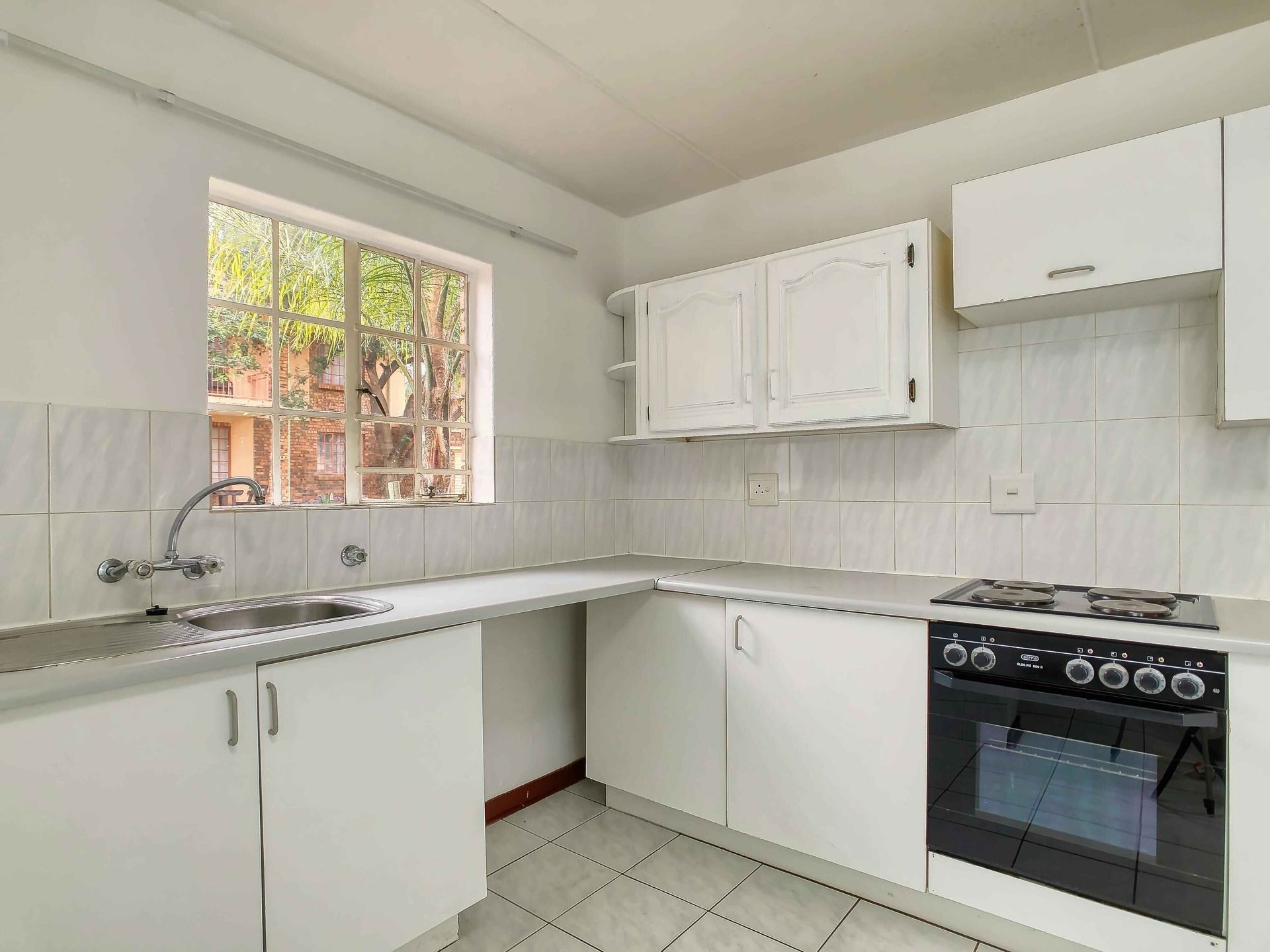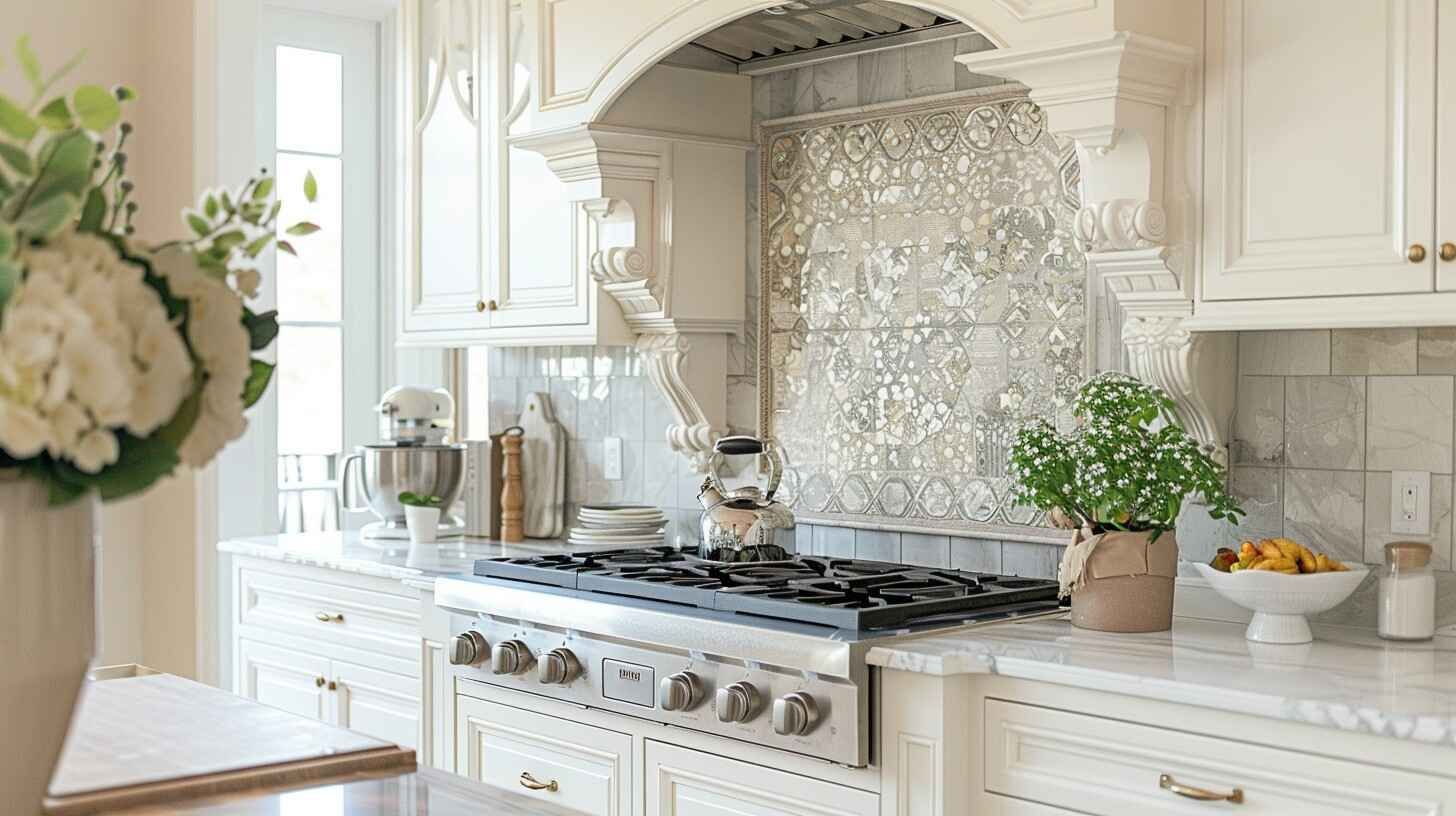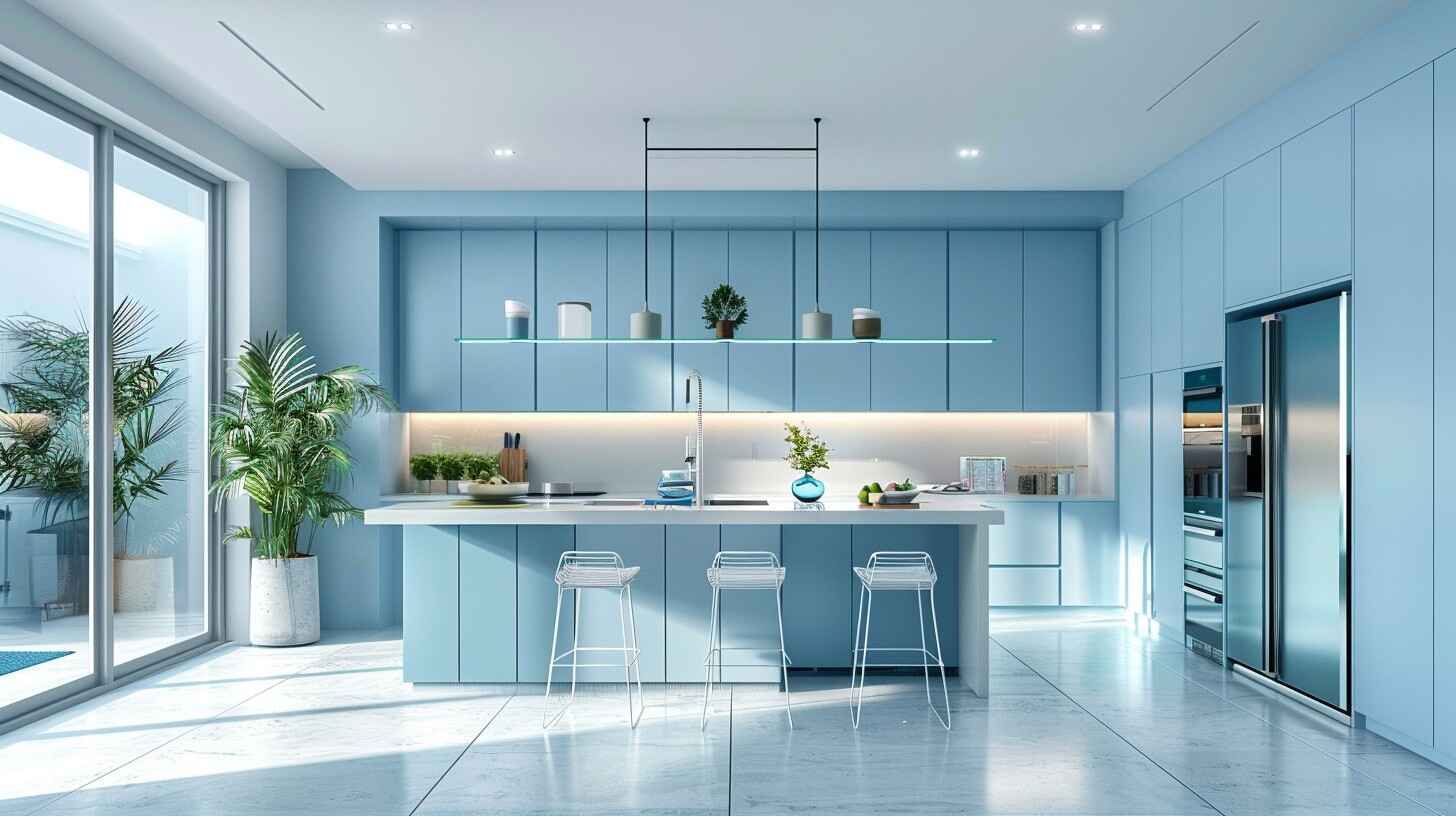How Much Value Does a Kitchen Remodel Add?

A kitchen reconstruction can greatly increase your home's value. Factors such as the quality of materials, structural changes, design aesthetics, and modern fixtures all contribute to the added value. On average, kitchen renovations provide a return on investment ranging from 60% to 80%. Upgrading to energy-efficient appliances, modernizing with high-quality finishes, and optimizing layout functionality can boost ROI. Cost vs. value analysis helps identify renovations that offer the best ROI. To maximize remodel ROI, focus on updating fixtures, cabinets, and countertops, investing in durable materials, and seeking professional guidance. Understanding these factors can enhance your property value effectively.
Factors Influencing Kitchen Remodel Value
Factors that significantly impact the value of a kitchen remodel include the quality of materials used, the extent of structural changes made, and the overall design aesthetics chosen. The quality of materials plays a substantial role in determining the overall value of a kitchen remodel. High-quality materials enhance the space's visual appeal and contribute to its durability and longevity. Moreover, the extent of structural changes made during the renovation can significantly influence the value added to the kitchen. Structural changes such as opening up the floor plan, adding an island, or installing new windows can dramatically increase the functionality and appeal of the kitchen, thereby increasing its value.
Furthermore, the overall design aesthetics chosen for the remodel can also impact its value. A coherent design scheme that incorporates elements such as modern fixtures, stylish finishes, and efficient layouts can significantly enhance the perceived value of the kitchen. Conversely, a poorly executed design that lacks consistency or fails to align with current trends may diminish the overall value of the remodel. By carefully considering these factors, homeowners can maximize the value added by their kitchen renovation project.
Average ROI for Kitchen Renovations
The financial return on investment (ROI) for kitchen renovations is a crucial consideration for homeowners looking to maximize the value of their remodeling projects. Understanding the average ROI for kitchen renovations can help homeowners make informed decisions about their investments. On average, kitchen remodels can yield a return on investment ranging from 60% to 80%, depending on various factors such as the extent of the renovation, the quality of materials used, and the local real estate market conditions.
Factors that can positively impact the ROI of a kitchen renovation include upgrading to energy-efficient appliances, modernizing the design with high-quality finishes, improving functionality by reconfiguring the layout, and enhancing storage solutions. It's vital for homeowners to carefully plan their kitchen remodel to guarantee that the investment aligns with market trends and meets their specific needs. By focusing on aspects that offer the highest ROI potential, homeowners can increase the overall value of their property while enjoying an upgraded and functional kitchen space.
Cost Vs. Value Analysis
Conducting a cost vs. value analysis is an essential step in evaluating the financial impact of a kitchen renovation project. This analysis involves comparing the renovation cost with the potential home value increase. By quantifying the expenses and the expected return on investment, homeowners can make informed decisions about whether the renovation is financially viable.
Cost vs. value analysis considers various factors, such as the scope of the renovation, the quality of materials used, and current real estate market trends. It helps determine which upgrades are worth the cost and which may not provide a significant return on investment.
Typically, kitchen renovations that focus on improving functionality, energy efficiency, and overall aesthetics tend to have a higher return on investment. It is essential to strike a balance between cost and value to ensure that the renovation enhances the living experience and adds significant value to the property. Engaging the services of professionals like real estate agents or appraisers can further aid in conducting a thorough cost vs. value analysis for a kitchen remodel project.
Tips for Maximizing Remodel ROI
Strategic planning and evaluation of critical upgrades are essential for the best return on investment in a kitchen remodeling project. Begin by evaluating the kitchen's current state and identifying areas that require immediate attention. Focus on improvements that balance cost and value, such as updating fixtures, cabinets, and countertops. Consider energy-efficient appliances that enhance the kitchen's functionality and appeal to environmentally-conscious buyers. Another tip is maintaining a consistent design throughout the space to create a sense of continuity and attract a broader audience.
Furthermore, investing in high-quality materials and finishes can significantly impact the overall perceived value of the remodel. Choose durable options that are both aesthetically pleasing and easy to maintain. Working with experienced professionals who can provide valuable insights and ensure the project stays within budget and timeline constraints is also advisable. By following these tips and making informed decisions, homeowners can maximize their remodel ROI, attract potential buyers, or increase their own enjoyment of the space.
Other Kitchen Remodeling ideas:



